Learn the link between Easter and Passover and the importance of the cup of redemption.
SPECIAL EASTER EDITION
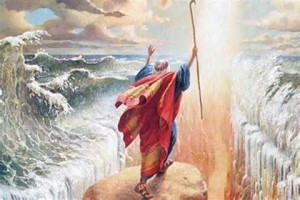 Easter is the time to remember two significant events that changed history, one 3,500 years ago, the other, 2000 years ago. The first is the series of events that led to the Israelites being freed from Egyptian bondage under the leadership of Moses. God told Moses what was about to happen and what He wanted the Israelites to do. God was about to inflict the tenth and final plague on Egypt, the slaying of all the firstborn among man and beast. To escape the judgment of the death angel, Moses instructed God’s people to apply the blood of a 1-year-old unblemished male lamb to the doorposts of their homes. When the death angel saw the blood, he would pass over that home.
Easter is the time to remember two significant events that changed history, one 3,500 years ago, the other, 2000 years ago. The first is the series of events that led to the Israelites being freed from Egyptian bondage under the leadership of Moses. God told Moses what was about to happen and what He wanted the Israelites to do. God was about to inflict the tenth and final plague on Egypt, the slaying of all the firstborn among man and beast. To escape the judgment of the death angel, Moses instructed God’s people to apply the blood of a 1-year-old unblemished male lamb to the doorposts of their homes. When the death angel saw the blood, he would pass over that home.
God prescribed exactly how His people should prepare the meal that night, including the roasting of the lamb they had sacrificed. This led to the celebration of 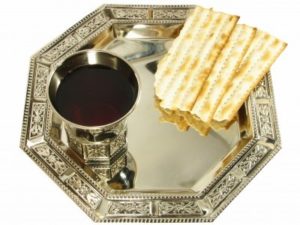 Passover that remembers everything that happened during that week, from the selection of the lamb to the fleeing from the Egyptian army. God wanted His people never to forget what He did to deliver them from their bondage. Passover was to be celebrated every year, forever. It was to occur on the 14th of Nisan, always corresponding to a full moon. The Passover was so significant that the month of Nisan became the first month of the Jewish year.
Passover that remembers everything that happened during that week, from the selection of the lamb to the fleeing from the Egyptian army. God wanted His people never to forget what He did to deliver them from their bondage. Passover was to be celebrated every year, forever. It was to occur on the 14th of Nisan, always corresponding to a full moon. The Passover was so significant that the month of Nisan became the first month of the Jewish year.
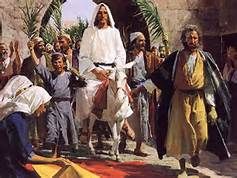 The significance for Christians is that Passover not only looked back, but it also looked forward to its ultimate fulfillment which occurred 1500 years later. During Passover week, when the Jews were following God’s instructions on selecting the Passover lamb on the 10th of Nisan, Jesus of Nazareth made what has been called His triumphal entry into Jerusalem on what we call Palm Sunday. It was lamb selection day, and Jesus, the Son of God, was offering Himself to the people as the Lamb of God.
The significance for Christians is that Passover not only looked back, but it also looked forward to its ultimate fulfillment which occurred 1500 years later. During Passover week, when the Jews were following God’s instructions on selecting the Passover lamb on the 10th of Nisan, Jesus of Nazareth made what has been called His triumphal entry into Jerusalem on what we call Palm Sunday. It was lamb selection day, and Jesus, the Son of God, was offering Himself to the people as the Lamb of God.
On Thursday of that week, Jesus was meeting with His disciples to observe the Passover in the Upper Room. He began as He had every year, following the usual steps. In the Seder (meaning “order”), four cups of wine are presented and drunk. These four cups represent God’s four expressions describing His promised deliverance from Egypt, promises He made before the ten plagues began (See Ex. 6:6-7):
- First cup – “I will bring you out.”
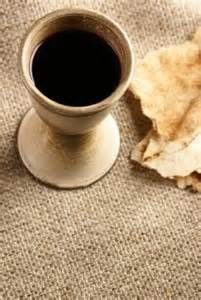
- Second cup – “I will rescue you from bondage.”
- Third cup – “I will redeem you.”
- Fourth cup – “I will take you as my people.”
Since wine was a symbol of the joy of the harvest, the four cups represented the four-fold joy of the Lord’s redemption. To redeem is to deliver from some form of evil by the payment of a ransom, and when we understand the reality of the ransom offered for us, it is, indeed, a cause for joy.
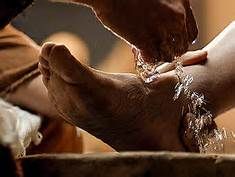 Jesus’ first deviation from the normal pattern came right after the first cup at the beginning of the service. It was a time when a family member brought out a pitcher of water, a bowl, and a towel. Normally, each person washed his own hands. On this night, Jesus took the towel and washed their feet. He was setting the stage for some earth-shattering revelations. He was preparing the disciples for what was about to come. The fulfillment of the Passover service was about to take place. It would be the pivotal moment in the history of the entire world. He was about to become the ultimate Passover Lamb, and the elements of the Seder, especially the bread (matzah), the lamb, and the wine were about to take on new meaning.
Jesus’ first deviation from the normal pattern came right after the first cup at the beginning of the service. It was a time when a family member brought out a pitcher of water, a bowl, and a towel. Normally, each person washed his own hands. On this night, Jesus took the towel and washed their feet. He was setting the stage for some earth-shattering revelations. He was preparing the disciples for what was about to come. The fulfillment of the Passover service was about to take place. It would be the pivotal moment in the history of the entire world. He was about to become the ultimate Passover Lamb, and the elements of the Seder, especially the bread (matzah), the lamb, and the wine were about to take on new meaning.
This was to become a Passover celebration that looked forward, not backward. On that night, it began to fulfill the ceremony’s ultimate message, the ultimate sacrificial lamb, and the ultimate release from bondage. The bondage to sin was about to be dealt a death blow, and the bondage breaker was humbly kneeling before them, washing their filthy feet. While all authority had been given to Him, He was presenting Himself to His followers as the suffering servant, the one who would cleanse them in a way they did not yet comprehend.
Having proceeded through the service, right after the dinner, Jesus came to the third cup, the Cup of Redemption. As recorded in Luke 22:20, He said, “This cup which is poured out for you is the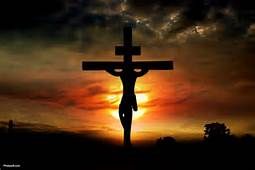 new covenant in My blood.” He was ushering in a new covenant, based not on the blood of an animal, but ushered in and empowered by His own blood, soon to be shed on a cross.
new covenant in My blood.” He was ushering in a new covenant, based not on the blood of an animal, but ushered in and empowered by His own blood, soon to be shed on a cross.
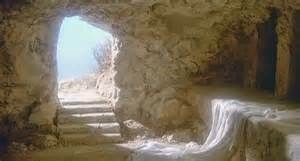 Easter, of course, celebrates Christ’s resurrection. It was on that Sunday that undeniable proof was offered to the world that God had accepted the sacrifice made by His Own Son. The Son of God had become sin so that when He died, our sin died. The power of sin had been broken, and with it came healing from the effects of sin, healing for the broken-hearted, the guilt-ridden, and addiction-laden. Jesus became the first-fruits of those who would be resurrected to new life by believing in Him.
Easter, of course, celebrates Christ’s resurrection. It was on that Sunday that undeniable proof was offered to the world that God had accepted the sacrifice made by His Own Son. The Son of God had become sin so that when He died, our sin died. The power of sin had been broken, and with it came healing from the effects of sin, healing for the broken-hearted, the guilt-ridden, and addiction-laden. Jesus became the first-fruits of those who would be resurrected to new life by believing in Him.
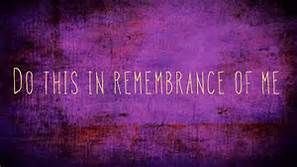
The cup of redemption had been consumed that we could be delivered from sin through the ransom paid by the Son of God—His Own blood. When we celebrate communion (the Lord’s Supper), let us remember that the cup we take represents the third cup in the Passover service, the cup of redemption. Let us never forget not only the physical agony our Lord suffered for us, but also the spiritual agony of becoming the sin of the world and being separated from His Father for the first time…ever.
Oh how great the love the Father has bestowed on us, that we should be called children of God; and such we are. Hallelujah!
RELATED ARTICLES
YOUTUBE CHANNEL
Check out my YouTube channel to get my biblical analysis of current events and my suggestions for surviving and thriving while the world falls apart. Click the link or enter edrodgersauthor in the YouTube search box.
ATTRIBUTIONS
Inclusion of photographs and/or images in no way implies the endorsement of this blog or its information by the photographer or designer.


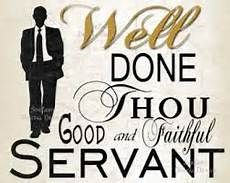
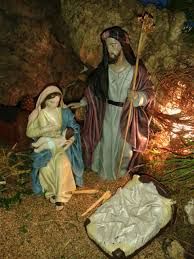


Leave A Comment